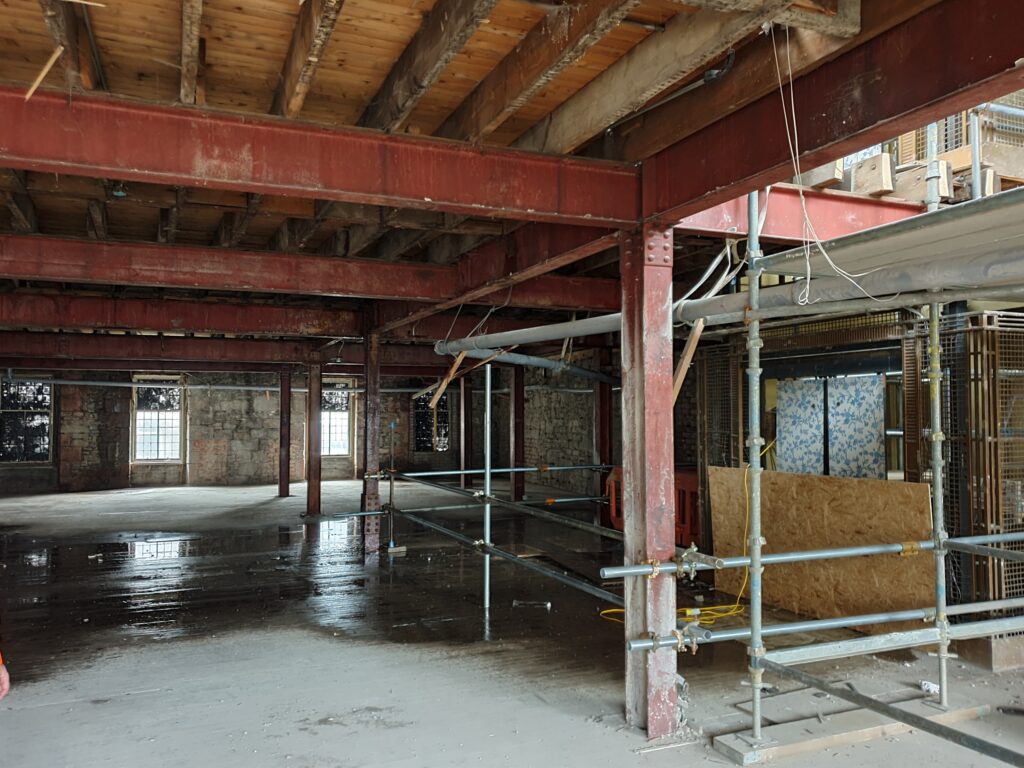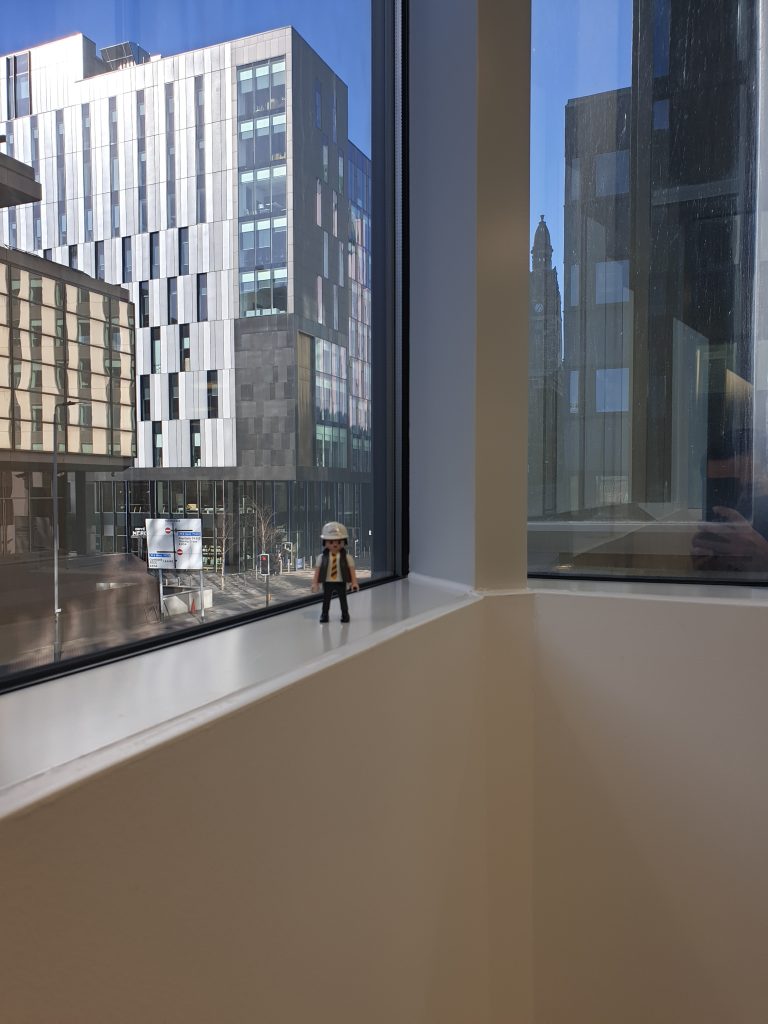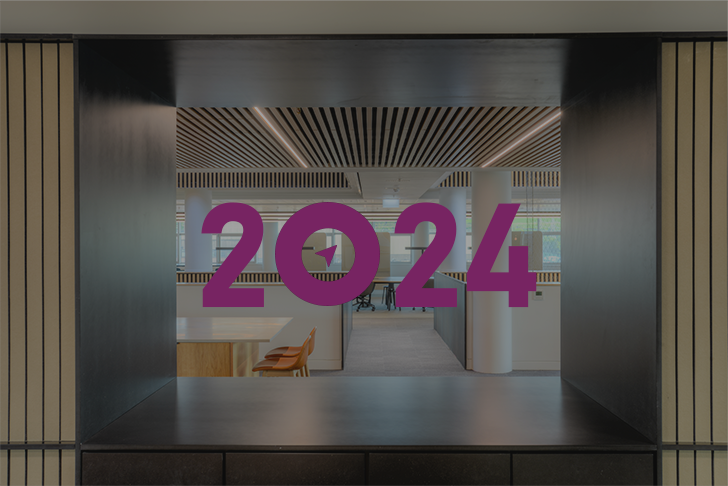
 Back to insights
Back to insights
Are your office buildings future-ready? Key strategies for net zero success
Facing the urgent climate crisis, the transformation of our existing office buildings into sustainable, net zero carbon structures has become a necessity. But there is little guidance, and lots of conflicting views. The UK Green Building Council’s recent report, “Retrofitting Office Buildings: Building the Case for Net Zero,” which I had the privilege of contributing to as part of the working group, offers much needed guidance to help our industry navigate the route to net zero.
In this article, I’ve summarised my top 10 takeaways from our comprehensive findings – each one a key strategy to not only to inform owners and developers of office buildings but also to inspire actionable change in the built environment.
Optimisation is the cornerstone of retrofitting
Rushing into a large-scale retrofit project can be tempting but costly. Optimising first can save substantial money, whether or not a deep retrofit is pursued. Key areas for ‘easy wins’ include:
- Conducting regular health checks and upgrades on your Building Management System to drive significant energy savings with minimal investment.
- Encouraging tenants to adopt energy-efficient practices, thereby reducing tenant loads and significantly impacting the building’s overall energy consumption.
- Collaborating with tenants to reduce energy loads through smart metering and the sharing of best practices.
- Implementing green lease agreements that commit both landlords and tenants to energy efficiency.
The value of light retrofit measures
The urgency to update buildings can create pressure, but actions in multi-tenanted or single-occupier buildings can be limited without causing significant disruption. Consider these cost-effective light retrofit measures:
- Lighting and Controls: Switch to energy-efficient lighting and install intelligent controls to substantially reduce energy use.
- Pump Motor Upgrades: Replace old motors with energy-efficient ones for quick wins in energy savings.
Strategic Planning with Retrofit Pathways
Retrofitting occupied buildings necessitates strategic planning to ensure minimal disruption:
- Start with immediate optimisation and light retrofit measures.
- Schedule retrofit interventions to align with maintenance cycles.
- Plan more disruptive interventions to coincide with lease events, ensuring a systematic and logical order of works.
Deep retrofit for significant impact
To meet net zero goals, deep retrofitting is often necessary. While light retrofit measures provide quick benefits, significant reductions in energy consumption require a comprehensive approach:
- Consider holistic fabric upgrades and the decarbonisation of heating systems, such as air source heat pumps.
- Ensure all retrofit measures work synergistically, particularly important in phased projects to maximise efficiency and reduce costs over time.
Cost-Effectiveness vs Carbon Impact
Evaluate retrofit measures not only based on immediate costs but also on their potential to reduce carbon emissions and operational costs in the long run.
Retrofitting as an Iterative Process
View retrofitting as an ongoing process that adapts to technological advancements and changing building use.
Leveraging Data for Informed Decisions
Use transparent and accessible performance data to monitor ongoing building performance and guide future retrofit strategies.
Investing in Building Resilience and Adaptability
Incorporate measures that enhance the building’s resilience to climate change, boosting long-term viability. Retrofitting can also improve the health and well-being of occupants, contributing to a more productive workspace.
The Imperative of Industry Collaboration
Engage with the broader industry to share insights and lessons learned, fostering collective progress towards net zero targets.
Navigating Planning and Heritage Constraints
Retrofitting buildings in conservation areas or those that are listed presents unique challenges. Balance retrofit interventions carefully with preservation requirements to ensure compliance and alignment with sustainability goals.
For building owners and developers, whether managing a multi-tenanted city centre building or a single-tenant office in a business park, these strategies highlight the need for a balanced approach to retrofitting. The journey towards net zero, encompassing everything from optimisation to deep retrofit, demands a commitment to sustainability, active tenant/user engagement, and a readiness to invest in the long-term resilience and adaptability of our office spaces.
It’s essential to tailor retrofit strategies according to the occupancy status of the building. While vacant buildings offer the opportunity for deep retrofits and comprehensive upgrades without significant logistical constraints (giving more flexibility and freedom to undertake immediate disruptive works that radically improve the energy efficiency), occupied buildings often necessitate phased and tenant-inclusive approaches to minimise disruption and enhance engagement.
By implementing these strategies, we not only reduce the carbon emissions but also significantly increase the value, resilience, and desirability of our office buildings in a world that increasingly prioritises sustainability.
Tags: Offices Refurbishment









